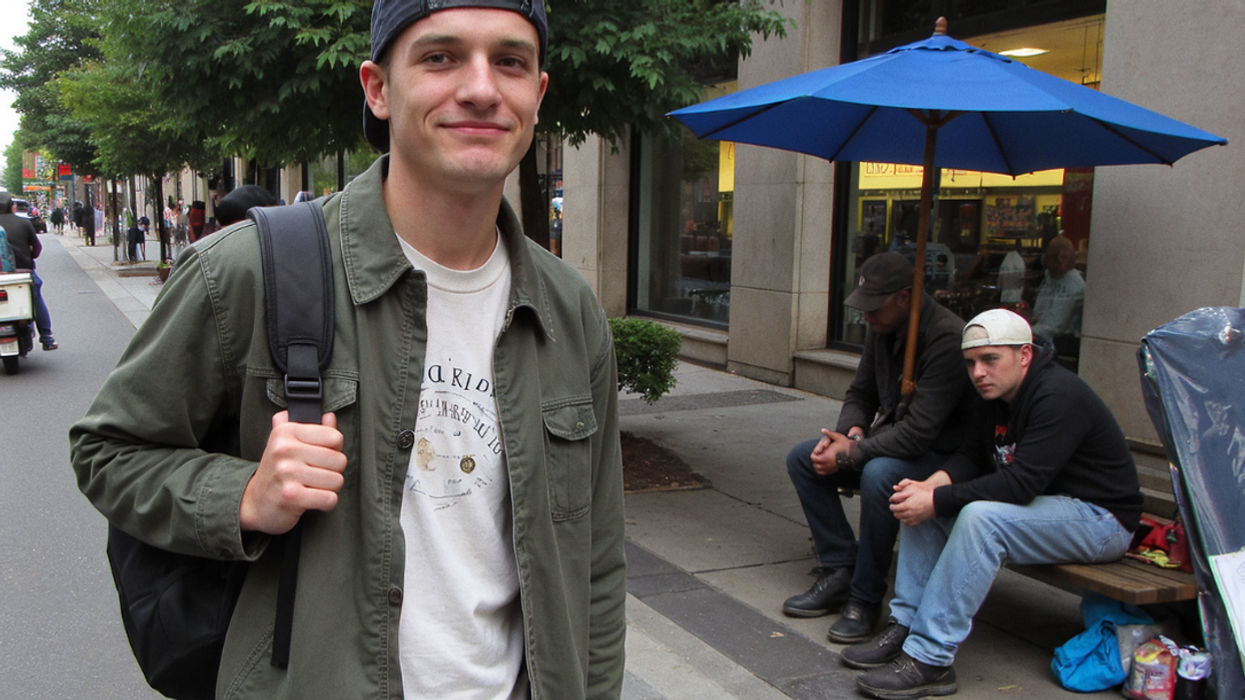Ever since Burma’s military elite began a slow and piecemeal, but highly publicized, march back towards civilian rule in 2010, the former pariah state has received a fair amount of praise from around the world. Diplomats, world leaders, and intellectual luminaries have applauded what they see as efforts to correct old lies, build stronger state institutions, and even put the brakes on their most egregiously violent and enduring local ethnic conflicts.
One of the most recent ostensible triumphs was Burma’s 2014 census—the nation’s first since 1983 and the first truly comprehensive headcount since 1931, which revealed that the nation’s population tallied 51 million, instead of the 60 million the state had touted for years. Many observers saw this monumental undertaking and the honesty of its results (understandably marred by their inability to reach regions of ongoing ethnic conflict) as a sign of the government’s newfound capability, professionalism, and willingness to seek out the truth.
But the unfortunate reality is that, while the census was an orderly affair, it was also a subtly weaponized bureaucratic tool. Sure, the count set right a good many statistical wrongs, paving the way for better management and services in the future, but it also allowed the government to perpetuate their relentless campaign to cleanse the nation of an ethnic Muslim minority, the Rohingya, without publicly lifting a gun. All they had to do was write their identity out of the census, erasing their legitimate existence from state records and forcing them, legally, into a tenuous, liminal space.
As subtle as this move against the Rohingya may seem, it’s outright aggressive at its core, not to mention a sign that the government may not be as fully dedicated to reform as many would like to believe, and may even be explicitly backsliding. This fear has surfaced periodically over the past year, most recently when police cracked down this month on student protestors venting their discontent over the government’s choice to reduce the autonomy of universities. The backlash saw violence and arrests reminiscent of the pre-reform days of the military dictatorship. Yet in the case of these protests, supporters have still managed to cobble together a legal case against the government to openly test the limits of their changing country’s justice system. The Rohingya lack even that recourse.
Rohingya Muslims number around 1.33 million worldwide (their numbers in Burma are estimated to have dropped to 800,000 these days), most of whom are clustered near the towns of Buthidaung and Maungdaw in Burma's Rakhine State, near the border with Bangladesh. And they have the dubious honor of being named one of the world’s most persecuted minorities by the United Nations.
Their persecution isn’t a simple result of their minority status. The majority ethnic Burmese compose only about two-thirds of the population, with the remaining third composed of 135 minorities. Some of these groups (especially the Chin, Karen, Karenni, Kachin, Mon, Rakhine, Shan, and Wa) have been in armed conflict with the state, but many ethnicities still fly under the radar.
The Rohingya, who don’t have much in the way of resources to fight a war, get short shrift largely because they’re Muslims of uncertain origin. In Burma, a violently Buddhist country, home to Ashin Wirathu, the self-professed Osama bin Laden of Buddhism, and his 969 Movement which promotes the removal of the nations 5 to 10 percent Muslim population (which he views as subhuman) to preserve national purity and morality, the Rohingya’s religion alone is tough. But although many claim their ancestors have been in the nation for centuries, the government maintains they were a parasitic extension of the British Empire, arriving in the mid-19th century with their colonial masters. And Burma has for years used killings, concentration camps, denial of services, and blind eyes and hands towards communal violence against the Rohingya in Rakhine to encourage these supposed colonial vestiges to clear out as fast as they can.
It’s rare these days to see soldiers directly threatening genocide against Rohingya (at least publicly or en masse), but the locals in Rakhine have done their fair share to perpetuate hostilities. The past three years have seen a number of communal riots and raids, the worst of which in 2012 killed dozens and pushed up to 140,000 into displacement-cum-concentration camps. The most recent such anti-Rohingya riot occurred just this past January, but the government, although not directly involved, refuses to intervene and censors reporters who write about such events.
Although the Rohingya were recognized when Burma first gained its independence, as of 1982 the military’s Citizenship Laws fail to officially list them amongst the nation’s ethnic groups (although they recognize other Muslim minorities like the Kaman), classifying them externally as Bangladeshi immigrants. The government denies the very existence of the Rohingya so violently that they’ve even slung abuse at United Nations representatives who use the term “Rohingya”.
“There are no Rohingya under the law,” Burma’s Ministry of Interior Assistant Director U Win Myaing told reporters in 2014. “They are illegal immigrants. If they need labor in the United Arab Emirates, why don’t they ask people to go there [so they can get out of Burma]?”
There was some hope leading up to the 2014 census that, since Burma was cooperating with the United Nations to make sure they complied with international census standards and receiving support from countries like Australia, Germany, and Norway, they would count and thus legitimize self-identifying Rohingya, forcing the state to confront its problems. But days before the census began in March, the state announced that Rohingya would explicitly not be an identifiable category on the census. Then they turned around and announced that they would attempt to conduct a census of their illegal Bengali population (read: use census tools to exhaustively label and segregate Rohingya as interlopers ready for deportation) by March 2015.
Over the past few months, Burmese officials have tracked down Rohingya, especially those trapped in “displacement camps,” and cajoled them into accepting government-issued cards that mark them as illegal aliens in their own country—cards that come laden with threats of imprisonment and deprivation. The government supposedly wants to create an amnesty path to citizenship for these native-foreigners, but many suspect the restrictions on this path, and the slow erosion of rights of cardholders (this February they lost the right to vote), is really preparation for the deportation of non-illegal-illegals by semi-legal means via a deep bureaucratic paper cut.
“We tried our utmost not to apply [for citizenship] with the Bengali identity,” Ha Shwe, a 44-year-old woman living in the Rohingya camps, told reporters in late 2014. “But we were fearful, so in September we applied. I feel as if I was a tree that was uprooted. For so many days I was unable to take a regular meal.”
These suspicions seem to be borne out by military leader-slash-president Thein Sein’s official suggestion in late 2014 that the best way to end ethnic violence in Rakhine would be to ship all the Rohingya off to another country. It’s a plan that Phil Robertson, the deputy Asia director of Human Rights Watch, deemed a “blueprint for permanent segregation and statelessness that appears designed to strip the Rohingya of hope and force them to flee the country.” And it appears to be working, as tens of thousands of Rohingya are currently fleeing the nation, much like they did after the military and local civilians directly attacked them during flare-ups in 1978.
This plot in Burma, to avoid direct extermination but to carry out an ethnic cleansing simply by using the accepted tools of good statecraft—census, survey, and supposed rule of law—is not new. It’s highly reminiscent of the way Joseph Stalin used the Soviet censuses of the 1930s to write entire groups of Central Asians out of existence (although, like Burma’s state, Stalin wasn’t above throwing force into the mix as well). Forcing the Rohingya to abandon their identity on paper, before forcing them to leave the nation, is a supreme form of hostility. It’s the destruction of an identity wholesale, not solely within one’s borders. But it’s so genteel that few people get up in arms about it in the same way as other forms of ethnic cleansing. Yet the pain and dislocation is doubly poignant thanks to this bureaucratic slight, as becomes apparent when one hears the words of those stripped of their identities and still facing the uncertain specter of deportation, and who knows what other indignities:
“I have been Rohingya for 66 years,” a camp resident named Albella told reporters last fall. “It’s more than a betrayal [to officially become a Bengali migrant]. I no longer trust my own identity.”














